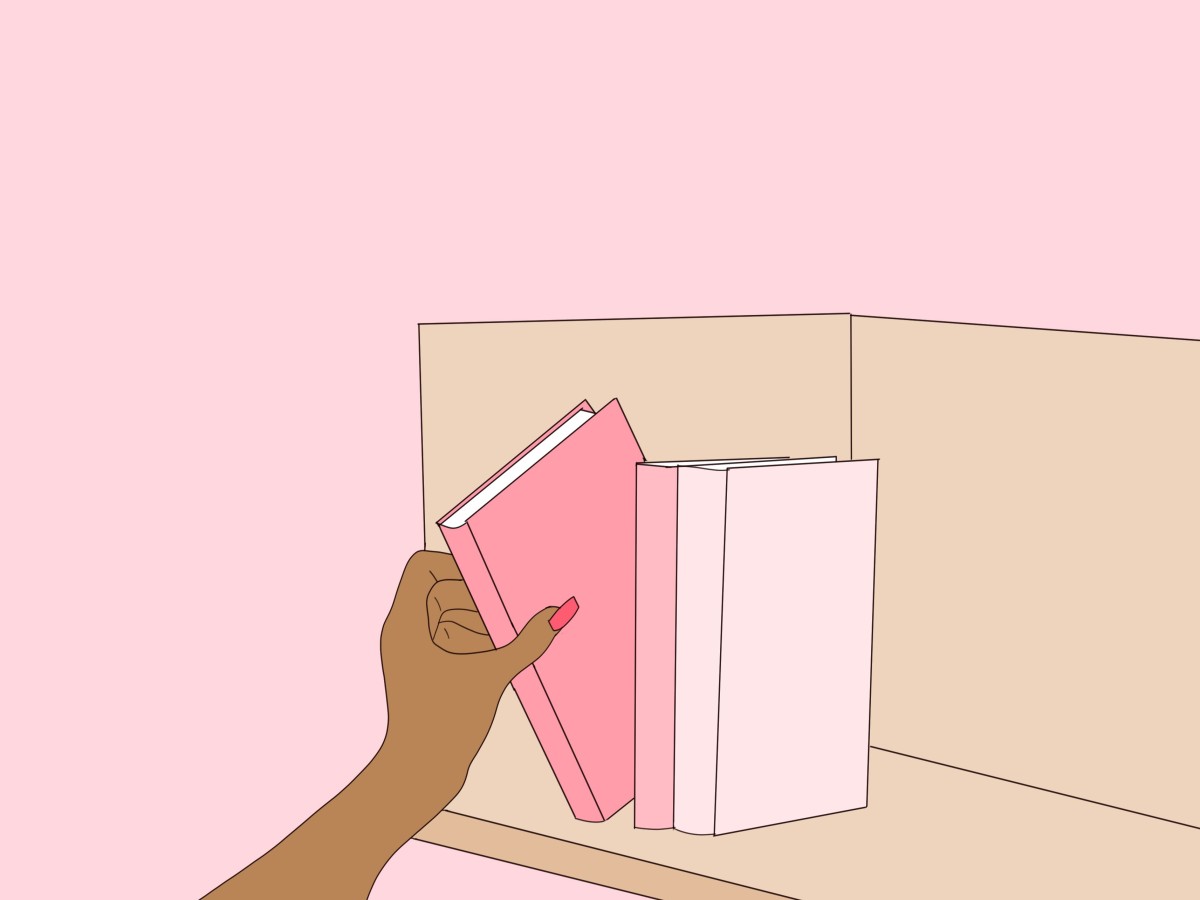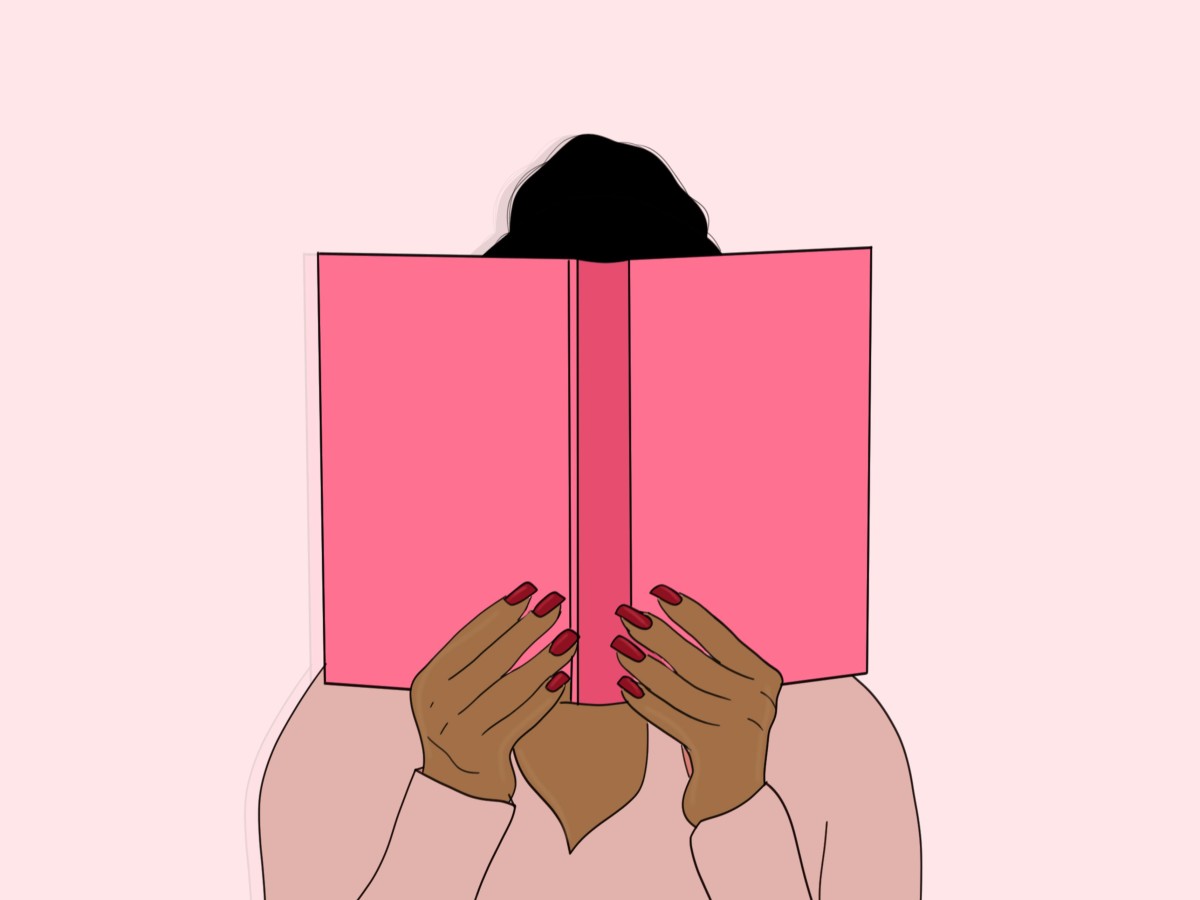In April, BBC Arts and The Reading Agency released the ‘Big Jubilee Read’. This idea was to promote literature from across the Commonwealth, with one book selected for each year of the Queen’s reign. What should have been a fun opportunity to explore seventy years of diverse fiction instead became embroiled with controversy.
Significant was the omission of Harry Potter and the Philosopher’s Stone and The Lord of the Rings from the list. Both are undeniably landmarked works so it does seem odd that they would not be included. Yet the bigger issue is that no fantasy books are included in the list.
Fantasy and its subgenres fall under the umbrella genre known as ‘speculative fiction. This genre is frequently overlooked, not taken seriously and dismissed as ‘weird’ by critics if it strays too far from reality…which is the entire point!
In this article, I hope to provide a surface glance at the true variety speculative fiction offers. Below are some of my favourite books which centre around strong female and POC protagonists. I’m not saying these are the absolute best works you could read, or claiming they are the most important. I enjoyed them and wanted to share them – that’s all there is to it!
1. The City We Became, N.K.Jemisin
“People who say change is impossible are usually pretty happy with things just as they are.”
What if cities were alive? That is the basic concept of N. K. Jemisin’s The City We Became. It follows the journey of five ‘avatars’ chosen to represent the life force of freshly awakened New York. There’s Manny, a grad student with inexplicable memory loss who finds himself in Manhattan. Brooklyn, a former rapper turned councilwoman whose music beats on in her namesake borough. Bronca uses her workspace at the Bronx Art Centre to help disadvantaged youth. Padmini is an immigrant grad student with a talent for mathematics based in Queens. Aislyn is a reclusive victim of domestic abuse living with her parents on Staten Island. Together they must find the original ‘Primary’ avatar, who has mysteriously disappeared. And then save New York from ‘The Enemy’ that seeks to destroy it.
In The City We Became, Jemisin provides a unique way of examining the ‘aliveness’ of cities. What makes this book even more special is that it puts minority groups front and centre – of the five avatars only one is white, most are queer, and Manny, fittingly, is the only man.
2. Skein Island, Aliya Whitely
“Is it okay to know people, just a little, and only want them when you want them? To take the parts you like and leave the rest, on your own terms?”
Skein Island tells the story of Marianne, who is invited to the titular island after a traumatic sexual assault. Initially unsure, Marianne begins to embrace the island and her fellow visitors. Yet sooner or later she must confront her past, both near and very distant.
Skein Island itself is an interesting concept – an isolated women’s refuge, only accessible by invitation. A stay costs only a story from your past. It makes for an interesting read. Those who have experienced sexual assault may find parts of this quite hard to get through. There are no graphic descriptions of the event that I can recall, but Whitely explores its impact in realistic depth. I would advise caution if this is something that could be triggering.
3. Perfectly Preventable Deaths, Deirdre Sullivan
“We live in a big world, where things can change and doors once closed can open.”
Perfectly Preventable Deaths is a dark coming-of-age tale set in the Irish countryside. Protagonist Maddy must survive a move to her new stepfather’s castle, the horrors of high school socialising, and her sister’s new boyfriend who seems a little too good to be true…
Throw in some anxiety-based hoarding, witchcraft and a string of young women being murdered, and the macabre stage is set. Definitely a worthwhile read for anyone looking for a more adult take on magic. Maddy occupies a dark world that feels quite separate to the seemingly carefree lives enjoyed by her peers. A relatable feeling to anyone who has struggled with their mental health.
This one does get a little gory in places. Nothing too nasty, in my opinion, but something to bear in mind.
4. Forest Of A Thousand Lanterns, Julie C. Dao
“She knew her own worth. She would seize her destiny with all the strength and spirit within her, and bend them all to her will: every man kneeling and every woman overshadowed.”

Forest of a Thousand Lanterns is a criminally underrated gem. Protagonist Xifeng journeys from her small town to the capital with one ambitious goal in mind – marry the king. Her pauper background, courtly ignorance and his wife are mere trivialities to Xifeng. She will win his heart and take her rightful place as queen, no matter the cost.
It is so refreshing to read a book that subverts the expectation that the protagonist is someone to root for. Xifeng’s story is a villainous rather than heroic journey, and it’s so much more interesting as a result! It is also quite satisfying to see a female protagonist so determined and unafraid to go for what she wants. Even if this example is more than a little toxic!
I will not spoil things and say which fairy-tale Dao is twisting here. I will say that I honestly didn’t realise until the final chapter!
5. The Southern Book Club’s Guide to Slaying Vampires, Grady Hendrix
“He thinks we’re what we look like on the outside: nice Southern ladies. Let me tell you something…there’s nothing nice about Southern ladies.”
The title for this one is kind of self-explanatory! Patricia lives in a quintessential 80s Southern town. Full-time mum to her sullen teenagers and workaholic husband, she truly enjoys little outside her book club. When the arrival of a new neighbour coincides with a series of child disappearances, Patricia has her suspicions. Little does she realise just where her investigations will lead…
The Southern Book Club’s Guide to Slaying Vampires is darkly fun in a way that’s hard to explain. The idea of a book club of middle-aged women taking on a creature of the night seems like a ridiculous concept. That’s actually the attitude Hendrix wanted to confront. The story is a love letter to his mum and her friends, who were some of the most formidable women he knew.
Hendrix also manages to squeeze in the damaging effects of gaslighting and some insightful commentary on race relations. There’s a lot of good stuff in here is what I’m saying!
There is also a lot of gore in this one – like, a lot – so possibly one to avoid if you’re squeamish.
6. Velocity Weapon, Megan E. O’keefe
“Accidents of geography: setting perfectly ordinary people at one another’s throats since the Stone Age.”
Velocity Weapon is pure space-opera escapism at its best. In the distant future, when humanity has mastered interstellar travel, Sanda finds herself stuck on an abandoned enemy starship, after being comatose for 230 years. Despite the ship’s AI telling her the entire star system is dead, Sanda is determined to find a purpose for herself. It seems a fool’s errand, but who knows what can happen in the infinity of space…
Unlike the other recommendations, gender and race do not really come into Velocity Weapon in a significant way. With the amazing range of powerful literature that does tackle social issues, it’s easy to forget how enjoyable true fictional escapism can be. There are still plenty of awesome female characters though, don’t worry!
O’Keefe has a very easy writing style, so I would recommend it to anyone who usually avoids reading. It is not childish or patronising, just somehow relaxing yet engaging…it’s hard to explain, but really good!
7. Wyrd Sisters, Terry Pratchett
“When you break rules, break ‘em good and hard.”
I’ll preface this entry by confessing that Terry Pratchett is something of a literary god to me. He will always feature on any list of book recommendations I provide! In this case, however, I do think my gushing is justified…
Wyrd Sisters is the sixth book in Pratchett’s famous Discworld series (you don’t need to have read the preceding five!). It is a loose parody of Macbeth, with some other Shakespearean plots thrown in, because why not? The three sisters of the title – Granny Weatherwax, Nanny Ogg and Magrat – are getting on with the business of honest, practical witching in their rural community. Then they are (very reluctantly) dragged into the mess that is royal politics. Together, they must battle to put the rightful king on the throne, facing murderers, ghosts, and worse – actors!
While Pratchett’s writing style can be an acquired taste, I’d encourage anyone to give Wyrd Sisters a go. The three witches are some of the strongest female characters I’ve come across in fiction. Particularly brilliant is how they each represent different ways of being ‘a woman’. Granny Weatherwax is the strong, serious and fiercely independent leader of their group. She has little interest in romance, finding happiness instead through her work and her friendship with the other two.
Nanny Ogg is the matriarch of a massive family and is very open about her love of sex. She basically aims to have the best time possible in whatever situation (the ‘best quote’ is from her). Magrat is a young romantic, who yearns desperately for love. Her status as ‘witch’ (and her general weirdness) means she has never had much luck and isn’t great with spells and other witch-business either. All can easily translate into real-world examples of women, and all are valued and celebrated within this book.
Epilogue
So there we have it! I hope this has been somewhat informative/entertaining. And if you make it through the lot, here are some honourable mentions that are great speculative fiction, but either not female/POC focussed or just didn’t quite make the list!
- The House in the Cerulean Sea, TJ Klune (feel-good magical realism)
- Rendezvous with Rama, Arthur C. Clarke (classic realist sci-fi)
- Borne, Jeff Vandermeer (biological dystopia)
- The Watchmaker of Filigree Street, Natasha Pulley (19th century romance with clairvoyance)
- Imaginary Friend, Stephen Chbosky (supernatural psychological horror)
Want more? Read nine contemporary women writers every fierce female needs to read
Find more feminist articles here >
Written by Kirsten Rowland
Illustrated by Francesca Mariama

